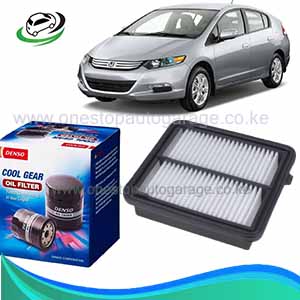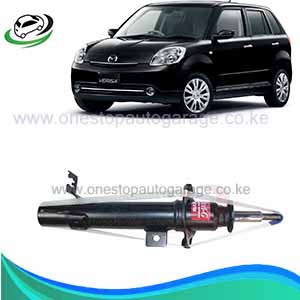-5%
Front Shock Absorbers Mazda Verissa in Kenya.
When should you change the shock absorbers?
- Upgrade for Specific Needs:
- Consider replacing shocks if your vehicle frequently handles heavy loads, has top-heavy weight distribution, engages in towing, or encounters off-road conditions.
- Explore KYB’s high-performance “Monotube” shocks designed to exceed original equipment capabilities for such demanding usage.
- Routine Maintenance:
- Shocks endure significant movement even on well-paved roads, cycling up to 1,900 times per mile.
- After approximately 50,000 miles, performance gradually declines, affecting handling and control.
- Replacing shocks and struts at this point (50,000 miles) can restore the vehicle’s original performance and extend its overall lifespan.
- Non-Performance Within Design Limits:
- Worn shocks and struts can deteriorate ride control, impairing the driver’s ability to control the vehicle.
- Regular road testing and inspections (every 12,000 miles) by a qualified technician are recommended to identify and address these deteriorating conditions.
- Replace Failed Shocks for Safety:
- Shock or strut failures pose a safety hazard, compromising your ability to control the vehicle.
- Signs of failure include excessive bounce, fluid leakage leading to dripping, cupped tire wear, and visible component damage during inspections.
- A completely failed shock or strut may exhibit issues such as hydraulic fluid leaks, uneven tire wear, unsafe driving conditions, knocking noises, rattles, and vehicle swaying, necessitating constant steering corrections.



